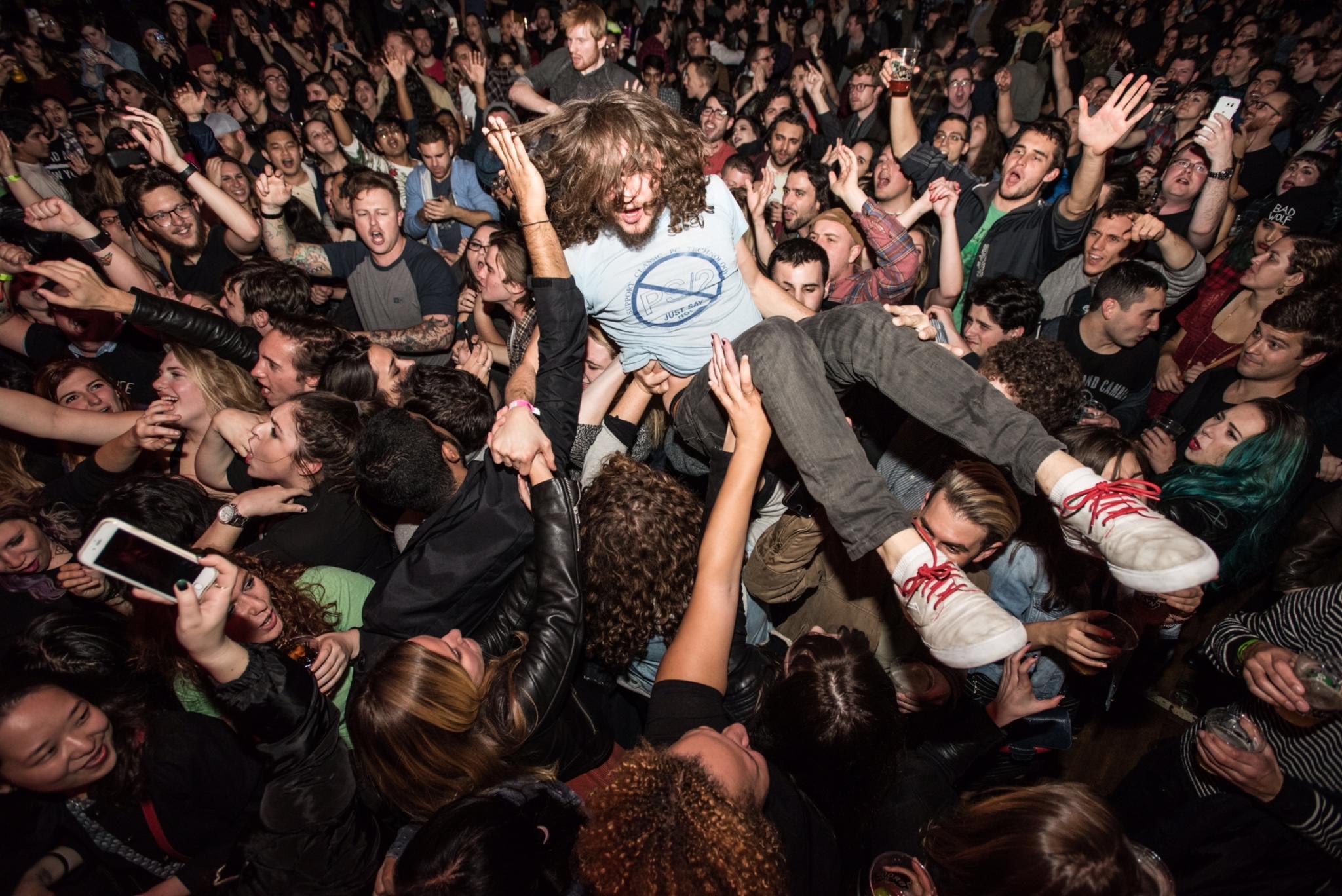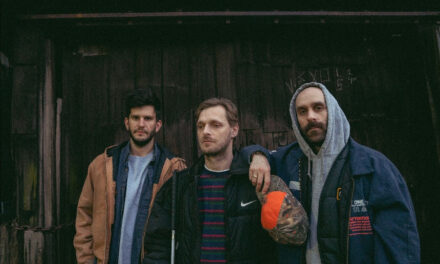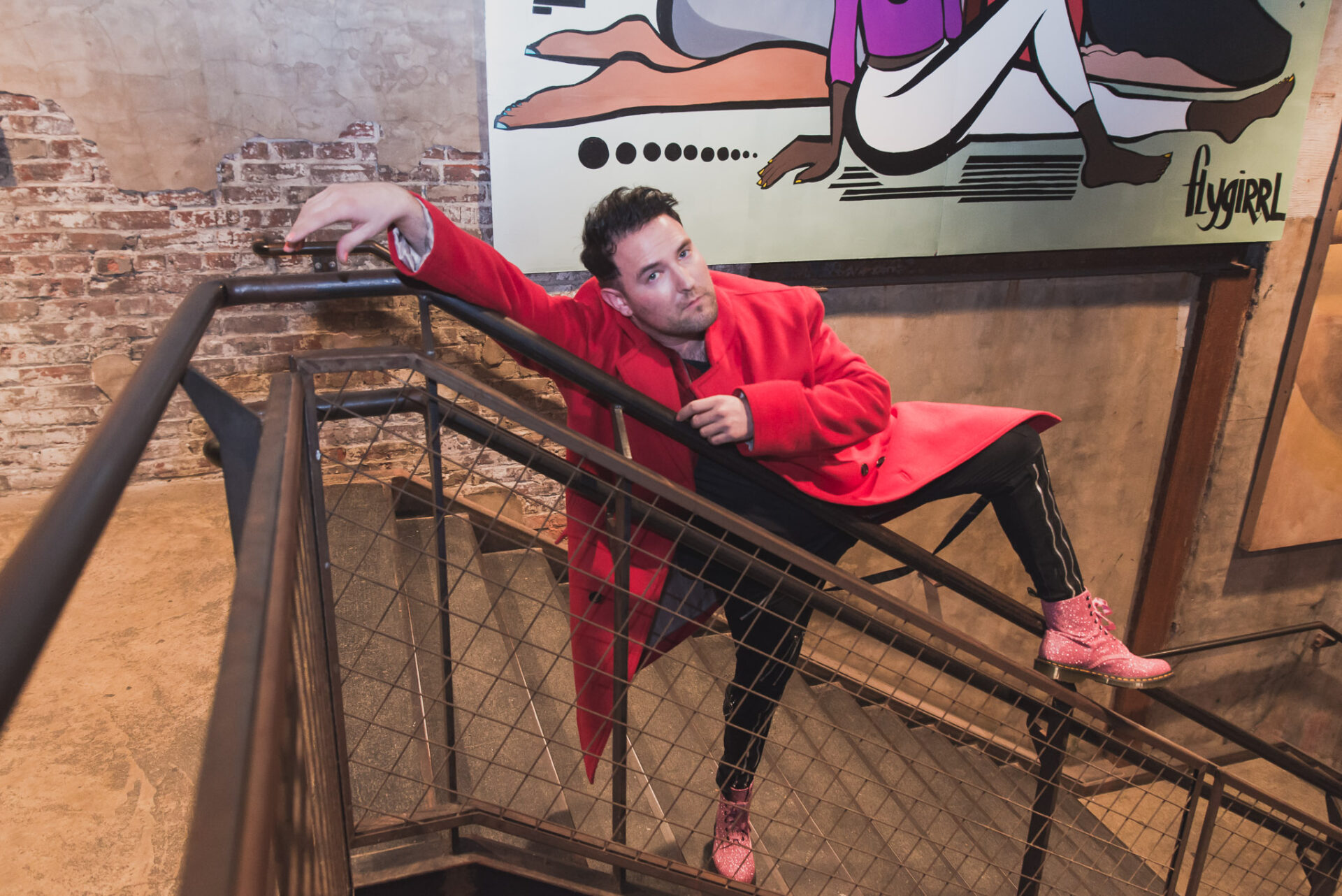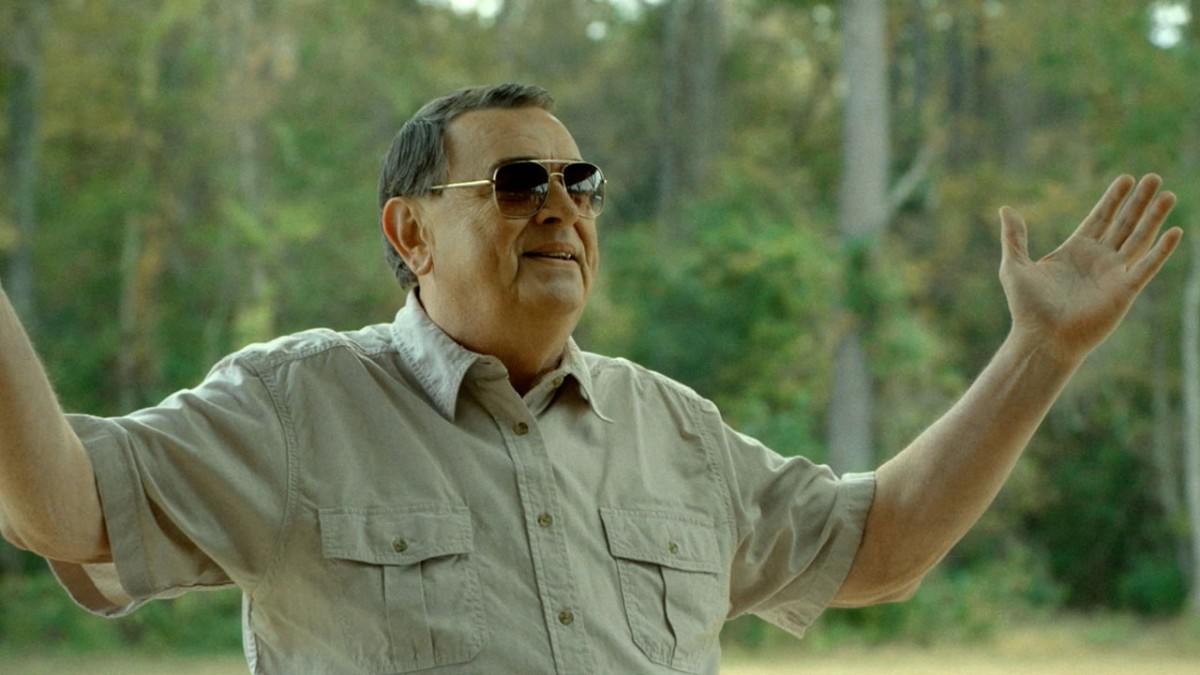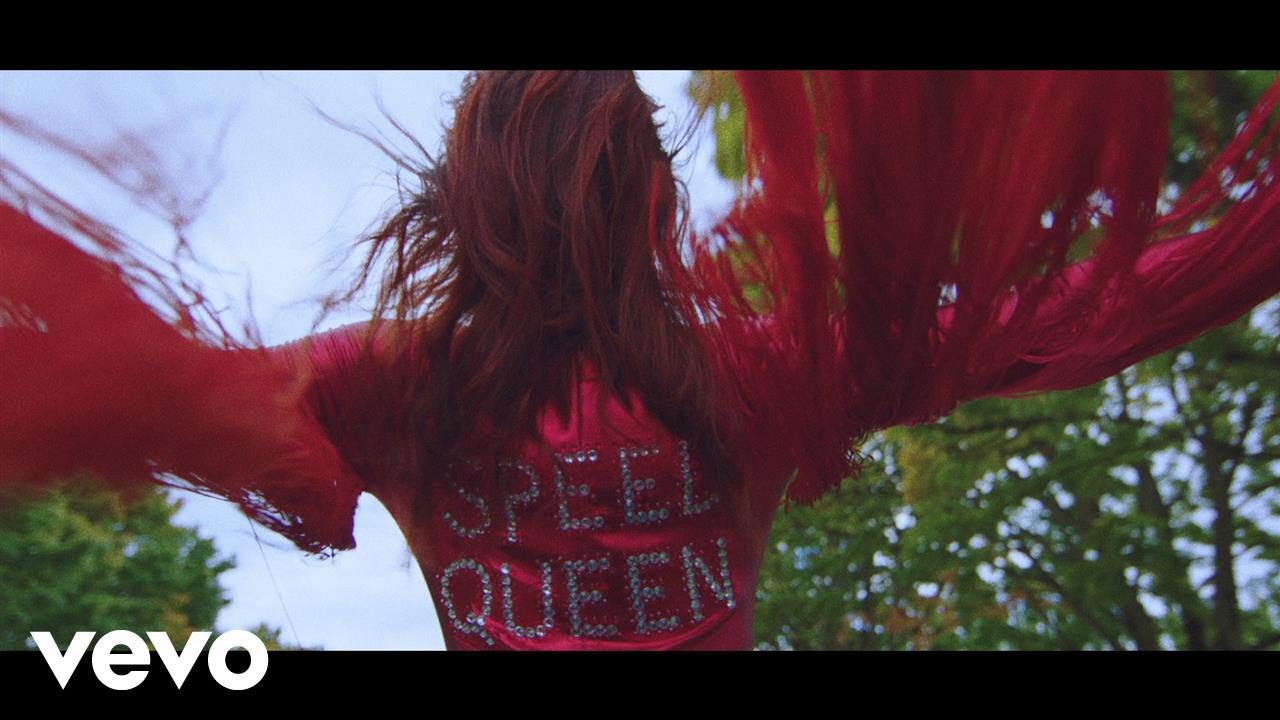By now you have no doubt heard about the Emo Night sensation that is sweeping clubs, bars, and venues across the country. Hosted weekly or monthly, these events bring together former scene kids of all ages to celebrate a time not that long ago when emo was the sound of the alternative music landscape.
The most notable Emo Night events take place in the nation’s biggest cities. We know many of you, like us, do not live in the biggest cities in the country. You geographic location should not determine your ability to celebrate emo music while pounding drinks and dancing in a dark room filled with equally inebriated strangers, which is precisely why we asked our friends at Emo Night Brooklyn to help us help you start an Emo Night of your own. Here’s how they responded:
So, you want to start an emo night? Awesome! Here’s a short list of steps to help you get started and take your emo night from a small idea to an all-out party:
Step 1. Who’s involved?
The first thing you need to decide is who, exactly, is going to be involved in planning this event and making it happen. Of course, the end result will entail a whole bunch of people in the mix: fans, DJs, promoters, people who work at the venue you’re hosting at, and more. But at the core of it, who’s going to be the driving force behind your emo night—will it just be you? Will it be you and a friend?
Tons of work goes into putting these events on—booking a venue, booking talent, promoting the event on social media, etc.—and it may be best to join forces with someone you know and trust, someone who’ll have your back if things get hectic. In the case of Emo Night Brooklyn, my co-founder Ethan and I have been friends since we were four years old, and as kids in high school, we used to host parties all the time. I figured the experience would translate pretty well, and it definitely worked out that way.
Step 2. Location, location, location.
Where’s your emo night going to happen? Will it be at a venue? A bar? Your apartment? There’s certainly no limit on potential locations, and you’re encouraged to think outside the box—hosting the event in, say, a garage or an unfinished basement might remind people of the DIY shows they used to go to, upping the nostalgia factor of your emo night in a big way.
Wherever it’s going to happen, make all the necessary arrangements way ahead of time. If you’re hosting your emo night at a bar or venue, book a date far enough in the future that you’ll have time to promote the event. If you’re going for a smaller venue, like an apartment, make sure the neighbors are aware you’re hosting an event—you don’t want the party getting shut down or hampered by a noise complaint.
Step 3. What are you planning to play?
This is probably the most important piece of the puzzle. Because your playlist relies on both variety and nostalgia, it can be very polarizing, and it’s important to try and make everyone happy, regardless of their age and favorite bands. There’s a delicate balance you have to strike, especially with a genre like emo, which ranges in subgenres from shoegaze to post-hardcore—finding a good middle ground between the niche bands and the big pop hits is key! Plan this part well ahead; you don’t want to find yourself scrambling to choose the right playlist the night of your event because you threw in too much Panic! At The Disco and not enough Brand New.
Step 4. DJ’s?
Will it just be you spinning, or do you want to invite guests? At the first Emo Night Brooklyn, we DJed the whole time, and it was a blast. But we knew we wanted to expand, and once our emo night got big enough, we started bringing in DJs, like our friend Mike Gunzelman (of The Gunz Show). This gave us some time to mill about in the crowd, say hi to our friends and to the writers and photographers covering the event, and make sure everything was going well without having to immediately worry about what song was up next. Also, guest DJs, like members of bands from the scene, are usually big hits with the crowd—I mean, who doesn’t want to see one of their favorite singers spinning the music they grew up on?
Step 5. Get the word out!
How are you planning to advertise your emo night? This is one of the most important factors in ensuring the kind of turnout you want, whether it’s an intimate crowd or a few hundred people.
When Emo Night Brooklyn first started, we did everything we could to get the word out! We used sponsored posts on social media, handed out fliers at shows, and essentially begged all our friends to come. And on the big night, everything worked out better than we could’ve hoped! There was a line out the door and down the block for our very first emo night, and we owed that in large part to successful promotion.
Step 6. Smile for the camera!
Make sure you get a skilled photographer to come out and document the whole night—preferably someone well-versed in shooting live events, like parties and concerts. Capture everyone’s faces as they’re singing along to their favorite songs; get the crowd’s enthusiasm on film and these photos can be absolutely timeless.
These pictures will also be great for creating buzz on social media. Post them on your Twitter, Facebook, and Instagram, and show everyone how much fun attending an emo night can be! Also, encourage people to download, share, and repost your pictures—this’ll spread the word about your emo night, so the next time you host it, you’ll draw an even bigger crowd!
Step 7. Have fun!
Yeah, hosting an emo night isn’t a walk in the park—there’s definitely work involved, but at the end of the day, you’re throwing a party for the music you love. If you’re not having fun, it’s a safe bet your crowd isn’t, either. So go out there and have a blast. Play your favorite tunes. Interact with all the folks who came out to the show. And celebrate a successful emo night!

